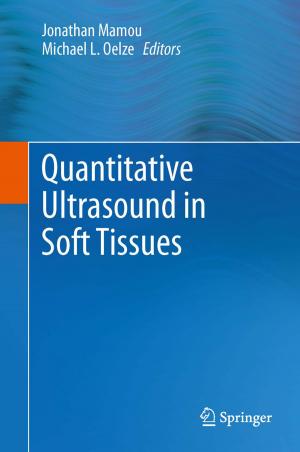Microbial Mats
Modern and Ancient Microorganisms in Stratified Systems
Nonfiction, Science & Nature, Science, Biological Sciences, Microbiology, Ecology| Author: | ISBN: | 9789048137992 | |
| Publisher: | Springer Netherlands | Publication: | July 17, 2010 |
| Imprint: | Springer | Language: | English |
| Author: | |
| ISBN: | 9789048137992 |
| Publisher: | Springer Netherlands |
| Publication: | July 17, 2010 |
| Imprint: | Springer |
| Language: | English |
This book provides information about microbial mats, from early fossils to modern mats located in marine and terrestrial environments. Microbial mats – layered biofilms containing different types of cells – are most complex systems in which representatives of various groups of organisms are found together. Among them are cyanobacteria and eukaryotic phototrophs, aerobic heterotrophic and chemoautotrophic bacteria, protozoa, anoxygenic photosynthetic bacteria, and other types of microorganisms.
These mats are perfect models for biogeochemical processes, such as the cycles of chemical elements, in which a variety of microorganisms cooperate and interact in complex ways. They are often found under extreme conditions and their study contributes to our understanding of extremophilic life. Moreover, microbial mats are models for Precambrian stromatolites; the study of modern microbial mats may provide information on the processes that may have occurred on Earth when prokaryotic life began to spread.
This book provides information about microbial mats, from early fossils to modern mats located in marine and terrestrial environments. Microbial mats – layered biofilms containing different types of cells – are most complex systems in which representatives of various groups of organisms are found together. Among them are cyanobacteria and eukaryotic phototrophs, aerobic heterotrophic and chemoautotrophic bacteria, protozoa, anoxygenic photosynthetic bacteria, and other types of microorganisms.
These mats are perfect models for biogeochemical processes, such as the cycles of chemical elements, in which a variety of microorganisms cooperate and interact in complex ways. They are often found under extreme conditions and their study contributes to our understanding of extremophilic life. Moreover, microbial mats are models for Precambrian stromatolites; the study of modern microbial mats may provide information on the processes that may have occurred on Earth when prokaryotic life began to spread.















